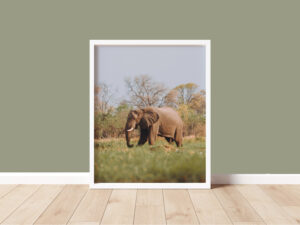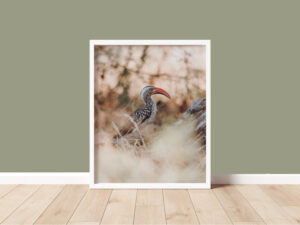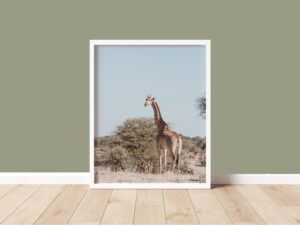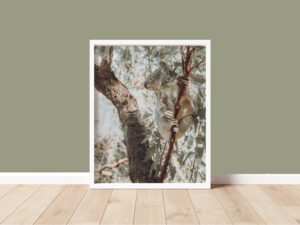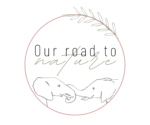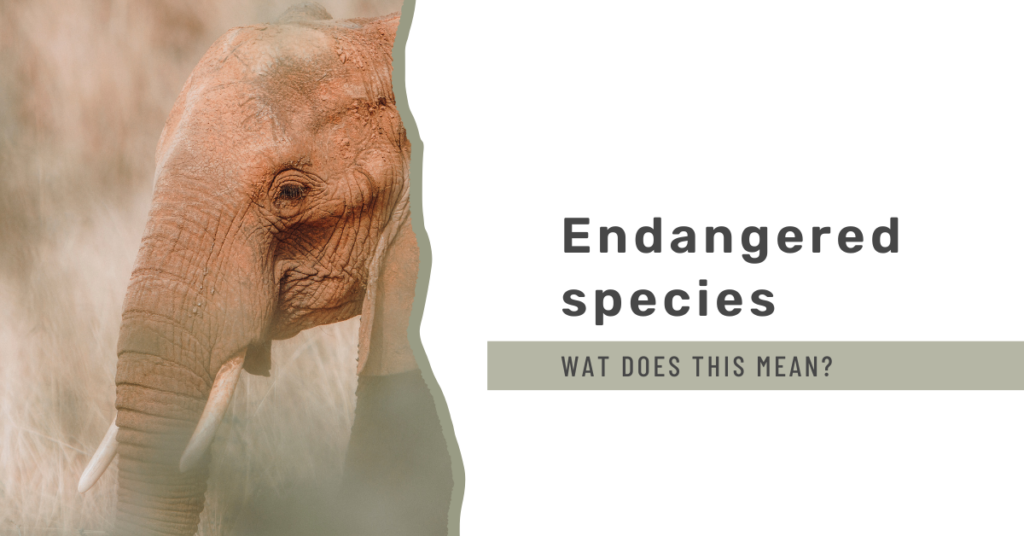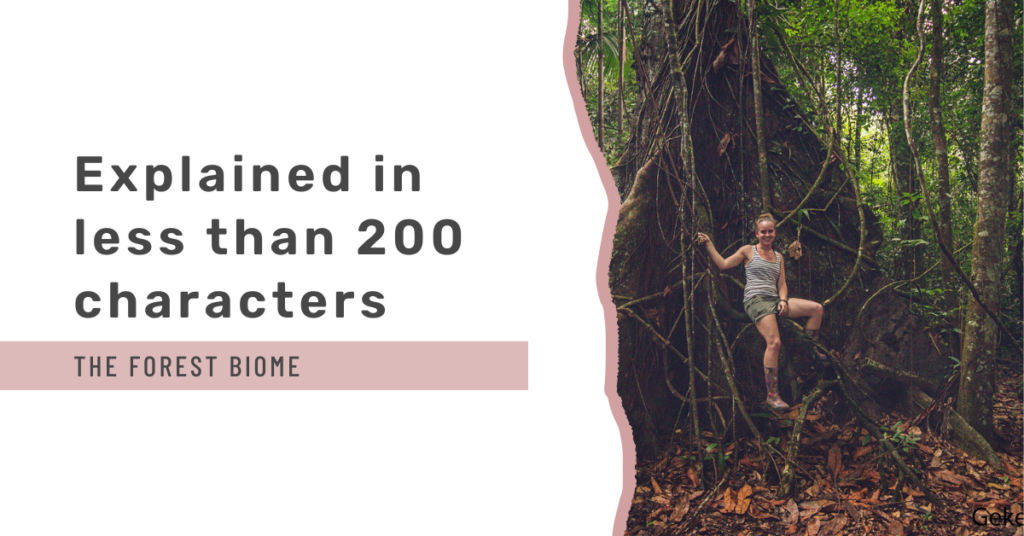Feeding wildlife may seem like a harmless and enjoyable activity, but it’s a practice that can have severe consequences for both animals and humans. Many people mistakenly believe that feeding wildlife is a way to help them, but the truth is that it can do more harm than good. In this blog post, we’ll explore the reasons why feeding wildlife is dangerous and should not be done.
The Impact of Feeding Wildlife on Animal Health
One of the primary reasons why feeding wildlife is dangerous is that it can cause dependency. When animals become accustomed to being fed by humans, they start to rely on this source of food instead of foraging for themselves. When humans feed wildlife, animals become reliant on this unnatural food source. This can cause animals to become sick or malnourished, as they are not getting the nutrients they need from their natural diet. Additionally, feeding wildlife can lead to aggressive behaviour, as animals become accustomed to being fed and may begin to associate humans with food.
Another significant problem with feeding wildlife is that it can lead to overpopulation. When animals have access to a reliable food source, they are more likely to reproduce, and their population can quickly spiral out of control. Overpopulation can cause a range of problems, including habitat destruction, increased competition for resources, and the spread of diseases. For example, if there are too many deer in a forest, they may eat all the plants and leave nothing for other animals. Feeding wildlife can also lead to an imbalance in ecosystems. When animals are fed, they may prefer certain types of food over others. Which can lead to an overabundance of some species and a decline in others. This can have a negative impact on the ecosystem and the animals that rely on it.




The Impact on Human Health
Feeding wildlife can also cause habituation, which is when animals become accustomed to human presence and lose their natural fear of people. Habituated animals can become more aggressive and may pose a threat to humans. For example, bears that have become habituated to human presence are more likely to enter residential areas in search of food, putting people and property at risk.
Feeding wildlife can also spread diseases, both among animals and between animals and humans. Animals that are fed by humans can become more susceptible to diseases, as their immune systems may not be as strong as those of wild animals. In addition, when humans come into contact with wildlife, they can be exposed to a range of diseases, including rabies, Lyme disease, and hantavirus.
The Alternatives to Feeding Wildlife
One alternative to feeding wildlife is simply observing them from a distance. Whether it’s a deer in the woods, a bird on a branch, or a squirrel on the ground, observing wildlife in its natural habitat can be a fascinating and rewarding experience. It’s important to remember to keep a safe distance, though, as getting too close can stress out the animals and interfere with their natural behaviours. Another alternative is to support organizations that work to protect and conserve wildlife habitats. These organizations work to preserve and restore habitats, as well as educate the public about the importance of protecting wildlife. By supporting these organizations, you can help ensure that wildlife has a safe and healthy home.
Additionally, you can participate in citizen science projects that help researchers study and monitor wildlife populations. By reporting sightings, collecting data, or even just taking photos, you can contribute to scientific knowledge and help protect wildlife. If you do want to interact with wildlife more directly, consider volunteering at a wildlife rehabilitation centre. These centres provide care and rehabilitation for injured or orphaned animals, with the goal of releasing them back into the wild. By volunteering, you can help care for these animals and learn more about their behaviour and needs.
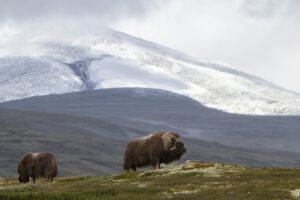


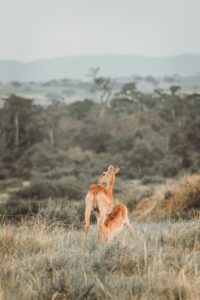
The Importance of Responsible Wildlife Viewing
Responsible wildlife viewing is essential for both the safety of humans and the well-being of animals. This means respecting the natural habitat and behaviour of animals and not interfering with their natural way of life. It also means not feeding or touching wildlife, as this can be dangerous for both parties. Responsible wildlife viewing allows humans to appreciate the beauty of nature while ensuring that the animals are not harmed in the process.
Feeding wildlife may seem like a harmless activity, but it can have severe consequences for both animals and humans. By understanding the dangers of feeding wildlife and adopting responsible wildlife-viewing practices, we can protect both the animals and ourselves. Remember, feeding wildlife is dangerous and should never be done.
Want to support my work?
I spend a lot of time keeping this website filled with educational content and keeping updates about what I do to achieve my dream of working and living in Africa. Do you want to support me? You can buy me a coffee or purchase one of my digital prints. All proceeds will go towards my elephant research and the time spent on this website.
